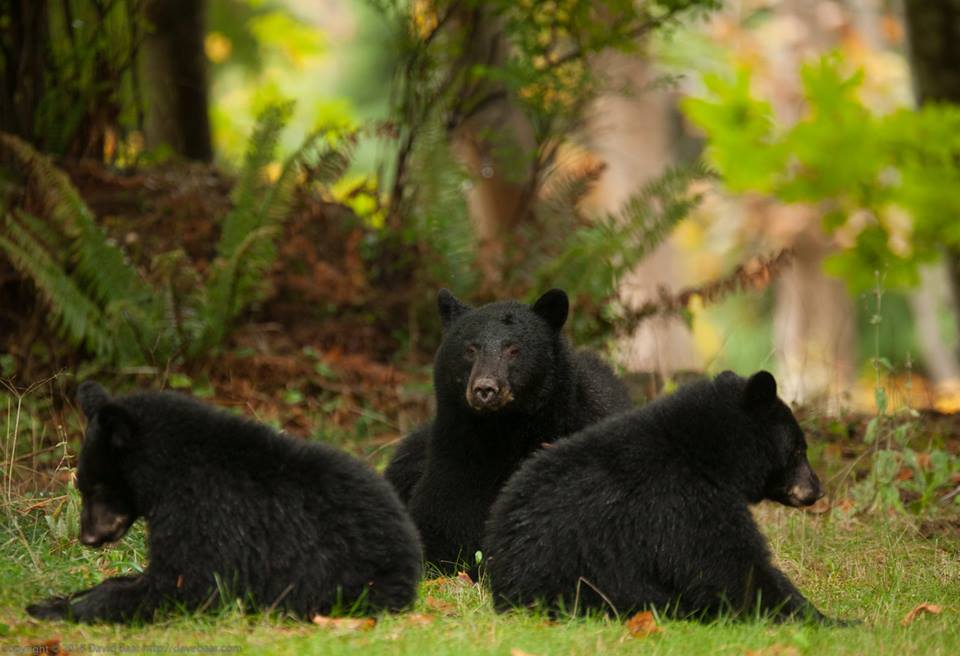VANCOUVER ISLAND, B.C. – There’s a spike in the number of black bears destroyed by conservation officers compared to last year.
The June numbers show that four bears had to be destroyed by the Conservation Officer Service (COS) in Powell River last month.
One bear was killed in Campbell River, as well as one in Port Hardy, and one in Duncan in June for a total of seven.
In June 2018 that same area saw only two bears destroyed.
Bear sightings are also up.
Year-to-date from Jan. 1st to June 30th, there have been 6,393 reports of black bears to COS province-wide which is tracking slightly under 2017, at 6,689 YTD.
The five-year average is 4,436 calls.
Across B.C., the number of black bears killed by COS in May was nearly double than the previous year.
The Ministry’s Human-Predator Conflicts Monthly Update shows that 97 black bears were destroyed by the COS in May.
That’s a huge jump from the previous May when 54 black bears were destroyed by the COS.
WildSafeBC coordinator Vanessa Isnardy said it’s difficult to say why more black bears are roaming into urban areas this year.
“All we have to say is that it has to do with natural population cycles that happen in black bear populations when they go up and down depending on good food years and such.”
Another factor is the availability of natural foods.
Isnardy said if bears are unable to find natural foods, they will seek out food sources they have been in contact with in the past, including berry-producing shrubs in other areas or garbage.
Garbage is a huge bear attractant, Isnardy said: “People definitely take offence when they see a bear in garbage and they say ‘that’s not natural food for a bear, they shouldn’t be getting into that so they are more likely to call the Conservation Office Service when they see a bear in garbage.”
However, garbage isn’t the only thing that will lure bears out of the woods.
“Bird feeders, berry-producing bushes, gardens, composts, chickens, garbage… these are all attractants for bears and they can all draw bears closer to us,” Isnardy said.
“And we encourage people to call in when they see a bear in an urban area so that the Conservation Office Service can be pro-active in its approach, and if there’s a WildSafeBC coordinator in that area, they can target that area for education and see if there are sources of attractants in that area.”
Isnardy said WildSafeBC is “definitely concerned” about the impacts of climate change and how droughts will affect bears’ natural foods.
“Will this changing climate be of a benefit or a detriment to bears? And I think it’s going to vary by area. I know that, for example, there are some streams that are very dry on the island. How is that going to impact the natural runs of salmon that come back? We don’t really know how this is going to affect black bears and how that’s going to drive conflict.”
She added that development will continue to be a challenge as the human population grows.
“We build in prime bear habitat. We like to build in valleys, we like to build near waterways, we like to build in riparian areas, and these are also very highly prized wildlife habitat. So it’s normal for wildlife to be passing through these areas. The problem is when they get a source of food and that leads to conflict.”
Conflict includes going through garbage, damaging homes, and in some cases, even entering homes.
“We want to make sure people are aware that a lot of B.C., especially beyond the fringes of urban-wildland interfaces, there are potential for wildlife encounters and to take necessary precautions and just be aware of what they can do to avoid human/wildlife conflict with these animals.”



